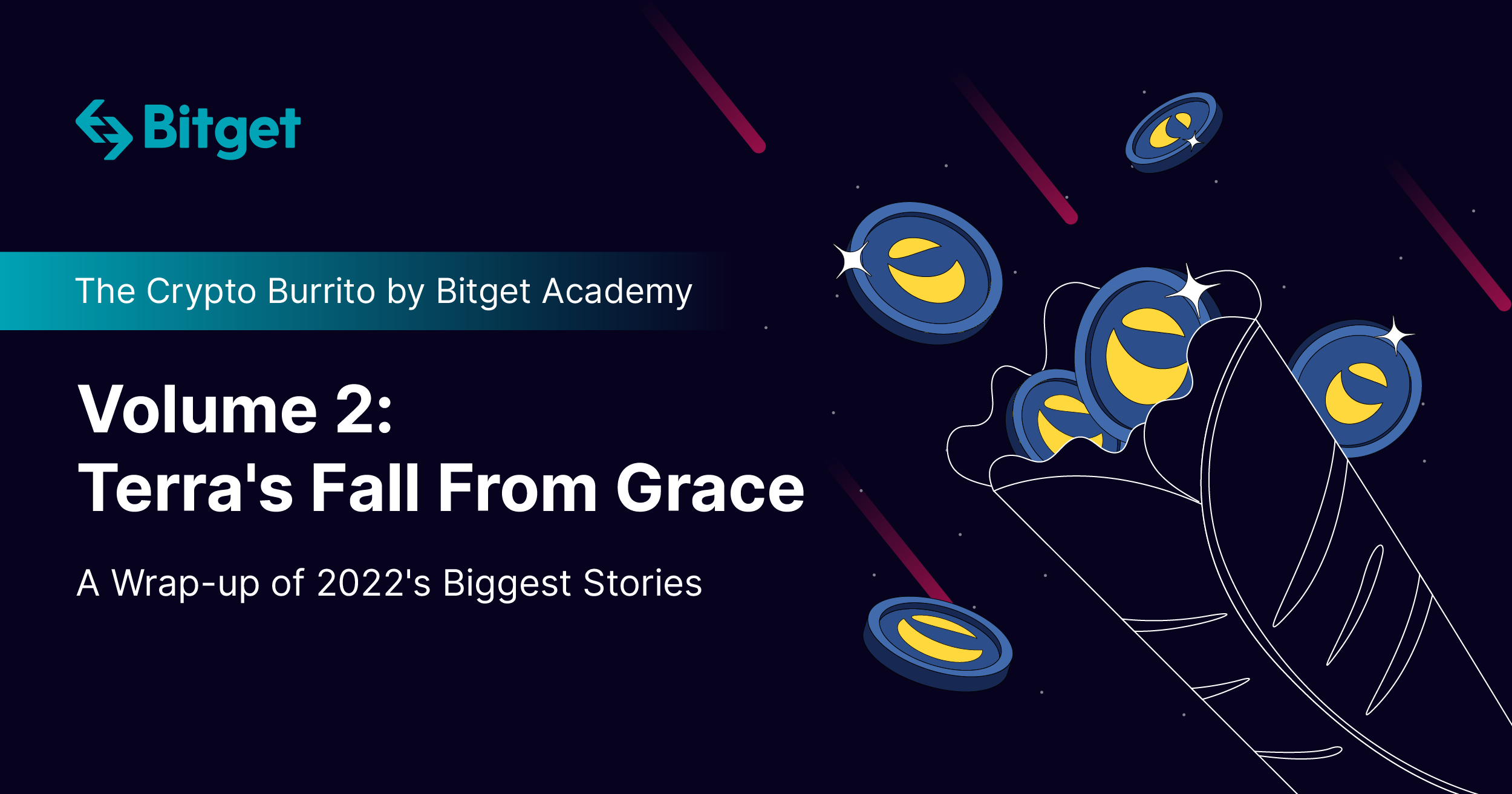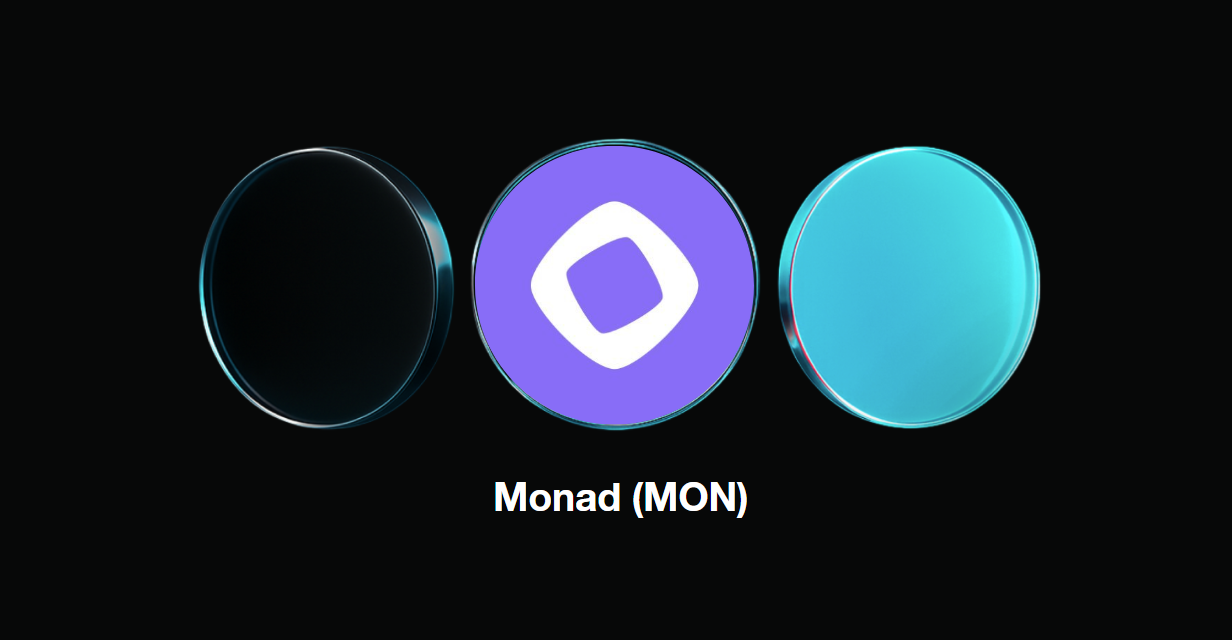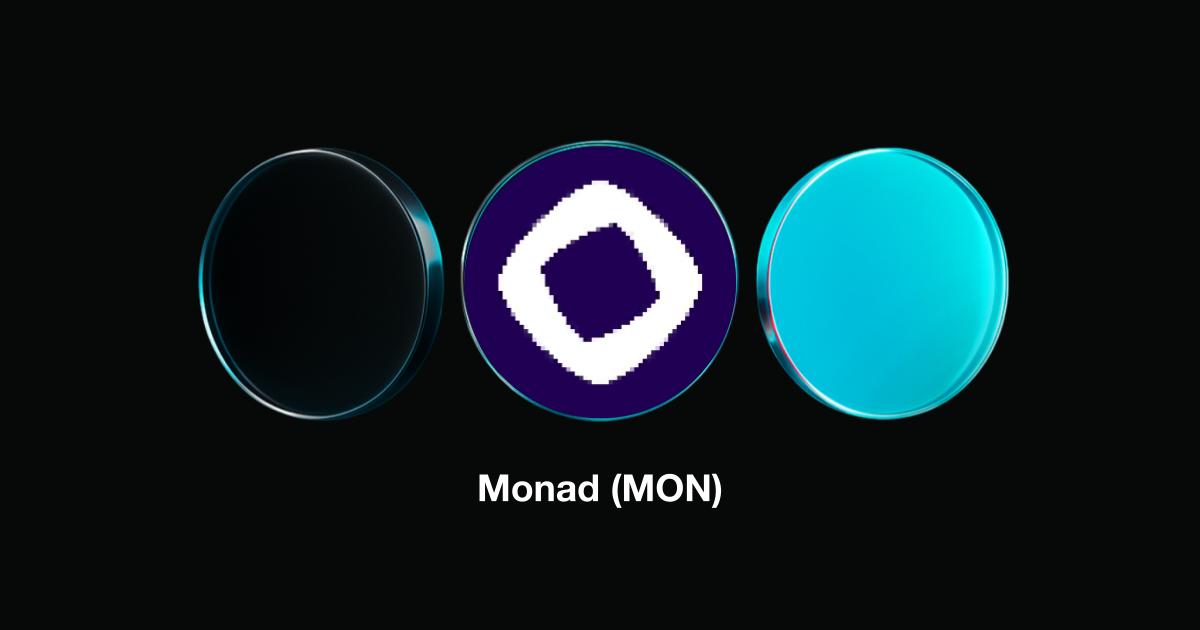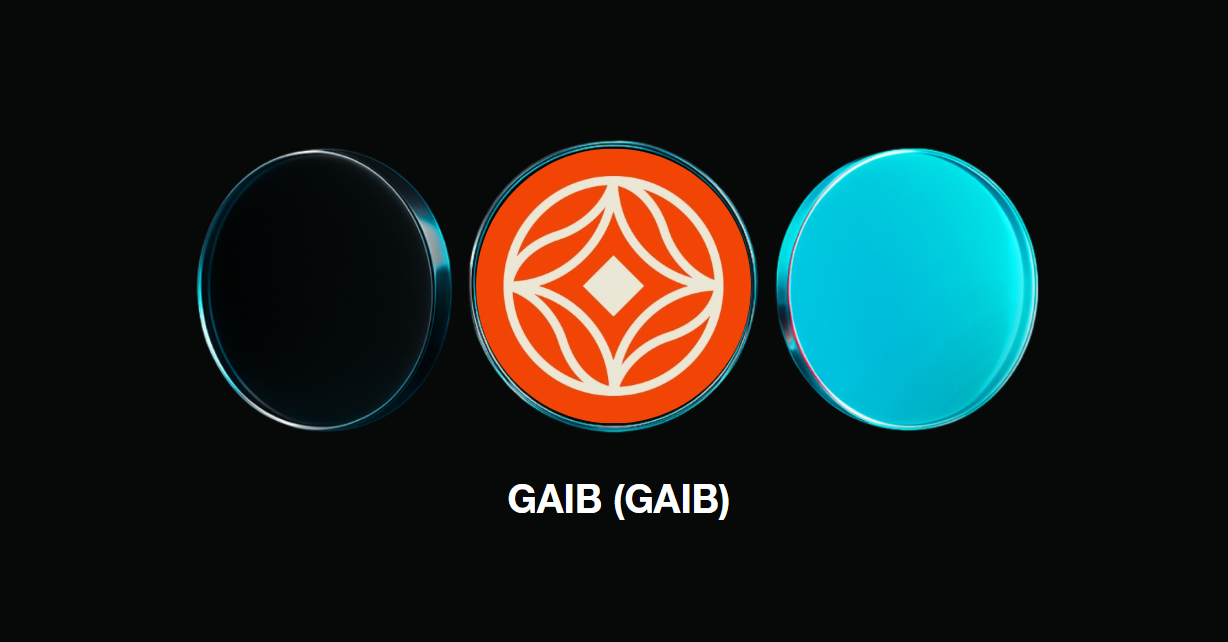
The Crypto Burrito (Volume II): Terra’s Fall From Grace
We talked about Ethereum Merge, the one good bit of news in 2022, in The Crypto Burrito’s first volume. Nonetheless, 2022 proved itself to be a year to forget, with giants’ season ending almost literally in the blink of an eye. The first event to turn the crypto market upside down is the Terra (LUNA) crash.
The Crypto Burrito (Volume I): Ethereum Merge
The Crypto Burrito (Volume II): Terra’s Fall From Grace
The Crypto Burrito (Volume III): The Never-Ending Saga of FTX
The Crypto Burrito (Volume IV): Understanding 2022’s Crypto Bankruptcy Filings
How Terra (LUNA) worked
Terra (LUNA) emerged in 2018 - 2019 as a Korean-based payment app. Created with a focus on decentralized stablecoins, Terra’s KRW-pegged stable was once accepted in CU (one of the biggest convenience store chains in South Korea) and CJ O Shopping (the so-called founder of the Korean home shopping industry).
To issue physically backed stablecoins, the issuer is required to maintain the corresponding holding of cash and cash equivalents in the currency it’s pegged to, for example the US-Dollar (USDT and USDC). Algorithmic stablecoins (also referred to as algo stablecoins, algo stables or algos for short) are crypto-native assets whose value is maintained by an automated set of rules (algorithm). Usually, an algo stablecoin is linked to another crypto asset, in the case of Terra (LUNA), the smart contracts of Terra’s stable currencies constantly adjusted their supply to keep the price stable.
The Faulty Design
Terra (LUNA) adopts the Seigniorage mechanism, meaning that the burning (supply decrease) and minting (supply increase) of multicoins (in our case LUNA and another Terra stablecoin) are controlled by the algorithm. Simply put, if, for example, UST (now USTC) price is higher than US$1, more UST would be created by burning LUNA (now LUNC). Demand for UST would then be fulfilled, causing its price to return to the 1:1 peg. This is the ‘easy’ scenario because the UST surplus is allocated to the community treasury as rewards and the supply of the reference token (a.k.a. LUNA) is reduced, which would most likely affect its price in a positive way. A win-win situation for stakeholders in the ecosystems.
The opposite would be tricky. If the stable price falls below the peg, a part of its supply will be burned to meet demand. More reference tokens will be minted through the process, and here’s the problem: In doubt of a losing peg, investors’ tendency is to swap the stablecoin into a safer asset, could be BTC or physically-backed stablecoins, leading to a bank run on the seigniorage algorithmic stablecoin. Selling pressure further lowers this stablecoin price, thus creating even more reference tokens, which at the same time is under scrutiny by the market. In the worst-case scenario, not only is the Seigniorage mechanism unable to save the stablecoin’s peg, but it also destroys the reference token.
That is exactly what happened with LUNA and UST. UST raised to the Top 5 biggest stablecoins in 2021 by market capitalization as the Terra ecosystem flourished. Even at its prime, UST’s deviation from peg was still way higher than the physically backed stablecoins (USDT, USDC, BUSD) and the asset backed stablecoin (DAI), and note that DAI is only soft-pegged to the US-Dollar.

There had been several warnings prior to the ultimate endgame in May 2022, such as the bets against LUNA by AlgodTrading and GiganticRebirth. They did predict that LUNA price would fall, albeit most couldn’t visualize how vicious the truth would be. Look at the chart below, which shows the percentage change of LUNA price and UST price versus the percentage change of LUNA supply:

Historically speaking, any minimal decrease or increase in UST price results in quite a change in LUNA price. During the course of May, LUNA was destined to hit rock bottom. One week (May 07 to May 14) and UST lost 87.56% of its peg, LUNA lost 99.99% of its value and LUNA supply skyrocketed by 19,087 times. Yes you are reading it correctly. It took LUNA less than six months into the year 2022 to become a memecoin, and of course, talk about UST, it’s safe to say that many teams had to reassess the plan to rely on the Seigniorage economic model after seeing how things went wrong (at warp speed if we must say) for their predecessor.
Conspiracy Theory versus What We Know
Around the time LUNA/UST crashed, many on social media pointed fingers to some U.S. financial giants, in particular BlackRock and Citadel Securities, since the death spiral of Terra involved multiple transactions of great value. The question is, what is the reason for this move, assuming that it could be true?
LUNA advocates and many who believed in the conspiracy theory provided four possible explanations. First of all, UST popularity increased way too fast, eating away the market share of physically backed stablecoins, one of which (USDC) backed by BlackRock and Fidelity. On April 18, 2022, UST became the third largest stablecoin by market cap at US$17 billion, behind USDT (US$82 billion) and USDC (US$49 billion) only. Another motive could be to acquire the Bitcoin reserves of LUNA Foundation Guard (LFG), a non-profit organization established in January 2022 solely to defend UST peg and support the Terra ecosystem. In February 2022, LFG raised US$1 billion through the LUNA sale, with Jump Crypto and Three Arrows Capital being the lead investors. Familiar names, right? You will see these names later. LFG continuously accumulated Bitcoin; as of May 07, 2022, LFG was in the Top 10 Bitcoin holders in the world. This is a breakdown of LFG reserves before everything happened:

Social media users argued that LFG made itself the perfect target because (i) Jump Trading (the parent company of Jump Crypto) happened to suggest LFG to create a UST price floor with the help of their Bitcoin reserve, i.e. a ‘backstop short-term UST redemption’ (per Terra founder Do Kwon), (ii) LFG Bitcoin reserves had a lot BTC and (iii) Do Kwon was arrogant enough to imply his project is invincible and brag about LFG. An UST depeg would force LFG to sell Bitcoin at a discounted price to retail investors.

Source: CoinDesk
LFG indeed had to put their BTC reserve for sale at a much lower price compared to the average purchase price, and that was it.
And of course, as the founder of Terra, Do Kwon had the access to manipulate LUNA price at his will, building a house of cards with the trumpery LUNA and the 19.5%-stable-yield decentralized bank Anchor ponzi. But this isn’t just a conspiracy theory; South Korean prosecutors have, in fact, accused Kwon of price manipulation after they obtained concrete evidence about the act. Previously, the Interpol issued a red notice for him at the request of Korean law enforcement authorities.
Last but not least, well, some might say UST would sooner or later fall prey to authorities’ investigations, because it was decentralized.
What we do know is that this was a complicated plot: Check out Chainalysis’ report here. The complex nature of the action and the transaction sizes are what buoyed up the conspiracy theory started on 4chan, which was then shared to the Twitter community by Cardano founder Charles Hoskinson. The tweet was later deleted.

Source: Screenshot from Twitter
BlackRock and Citadel Securities quickly put out an official statement denying their involvement in the notorious event. Gemini, which appeared in the story as the intermediary who gave two giants the loans to prompt the move, also denied the legitimacy of this theory.
Community Attempt
Before the chaos kicked in, Terra was a thriving ecosystem with more than US$21 billion in TVL as of May 2022 (about 10% of DeFi TVL and 90% of Cosmos TVL at that time), its own decentralized stablecoin (an impartial, low-volatility, crypto-native asset as the ecosystem’s central medium of exchange), Mirror - an exchange that allowed for synthetic asset trading (assets that tracked real-world assets such as securities) and home to nearly 100 dedicated projects.
The storm swept away US$40 billion from the crypto market and triggered a chain of unfortunate events that sent the market into a grim winter, but that didn’t stop Terra community to continue to root for the chain. Do Kwon and Terraform Labs (TFL) already moved on with Terra (LUNA) 2.0, hence the dismissal of the original project. Disapproved of Kwon and TFL’s opinion, a team of LUNA (now becomes LUNC) diehard supporters created their own community called Terra Rebels, with core developers Edward Kim and Tobias Andersen, and published a roadmap for the revival of the once mighty Terra 1.0 on their official website. One of the key achievements was the implementation of the 1.2% tax burn for on-chain transactions of LUNC and USTC in September 2022, leading to a 250% jump in LUNC overnight. The idea was to encourage as much burn as possible so that LUNC price can recover in the shortest possible time, but apparently, it came with two downsides:
• Even with the 1.2% tax burn, it still takes an extremely long time to bring LUNC supply to the amount before May 14; and
• A high tax fee may very well dissuade people from trading LUNC and UST, leading to a reduction in daily volume.
A new proposal that planned to lower the tax burn to 0.2% and devote 10% of tax revenue for builders passed the vote in October, hence the jump in LUNC volume as well as LUNC burn amount in November. Despite the efforts, LUNC return didn’t seem to improve.
With Edward Kim and Tobias Andersen leaving Terra Rebels at the end of December 2022, chances that LUNC could recover become thinner than ever.
The Next Dominoes To Fall
Terra (LUNA) collapsed, triggering liquidations of both retail and institutional investors. Because of Terra, 2022 has become the year of bankruptcy - FTX victims are not included. At least three moguls - Three Arrows Capital (3AC), Voyager and Celsius - have gone, most likely forever, each dragging several key market participants down with them.

Three Arrows Capital
The first piece of the puzzle is 3AC. According to the Financial Times (FT), the Singapore-based hedge fund managed a total of over US$18 billion at its peak. However, the Monetary Authority of Singapore (MAS) reported on June 30, 2022 that 3AC provided false information regarding their asset under management (AUM), which was capped at US$179 million in 2020 and 2021, and their relocation to the British Virgin Islands (BVI) in 2021.
During the time when LUNA and UST prices were depreciating, 3AC already received questions about their LUNA exposure, but the co-founder and CEO Su Zhu convinced stakeholders that everything is fine, only to tweet about being ‘in the process of communicating with relevant parties’ on June 15, 2022. Clearly, the soundness of their portfolio was no longer guaranteed, and within the span of a few days, counterparties began to liquidate 3AC’s assets and liquidations:
• June 15, 2022: BlockFi liquidated 3AC loans
• June 17, 2022: Genesis Trading, FTX, Deribit and BitMEX liquidated 3AC positions
• June 29, 2022: BVI court ordered the liquidation of 3AC
• July 01, 2022: Deribit, among other parties, initiated 3AC’s liquidation application in BVI court.
Now, 3AC is a story about risky leveraging practices and poor communication with counterparties. Note that it could’ve been more fathomable (though still not justified) if 3AC had been a venture capital firm, yet it was a hedge fund. It was discovered that 3AC had long positions of approximately US$560 million in LUNA and UST at their peaks, which shrunk to only $600 in May. Their positions were highly leveraged using counterparty funds stored on Anchor Protocol. The last straw was the depeg of stETH on June 14, which forced 3AC into selling 60,000 stETH and sparked questions about the fund’s solvency.
What made the situation worse was a lack of communication between 3AC execs (Su Zhu and Kyle Davies) and counterparties, who lended US$3.5 billion to the fund. Before the tweet on June 15, 3AC went radio silent on Twitter, Zhu even deleted his Instagram. Thereby the remaining 3AC assets in the U.S. were frozen by a district court on July 12, 2022. Communications were already limited during the ‘summertime sadness’, and became much harder after the founders’ flee, although they tweeted a lot and seemed to plot a comeback when FTX crumbled.
Hardly has anyone reported about seeing Zhu and Davies ever since, though there are speculations that Zhu is currently in Dubai and Davies in Bali. That doesn’t stop liquidators from pursuing them. For the first time ever, a subpoena was served on Twitter - the addressee being Kyle Livingston Davies. Let us quote nic_carter: ‘Shouldn’t have tweeted so much eh Kyle?’
We’ll discuss the bankruptcy filings of 3AC, together with ‘prominent’ bankruptcy filings of 2022 in a later volume of The Crypto Burrito.
Voyager, Celsius, And Others
One’s down. Onto the next one: Crypto broker Voyager Digital Ltd., who used to be listed on the Toronto Stock Exchange (TSX).
On June 22, 2022, Voyager announced their exposure to 3AC totalling US$662 million, for which they may issue a notice of default. And because of the liquidity needs arising from Terra’s crash and 3AC loans, Voyager borrowed US$200 million in cash, USDC revolver and a 15,000 BTC revolver from Alameda Ventures 15 days before they filed for Chapter 11 Bankruptcy. One of the most complex and expensive bankruptcy proceedings, Chapter 11 allows a company to restructure its debts and obligations while remaining in operation.
While Voyager handled things in quite a swift, decisive manner, Celsius execs waited for over a month after pausing customer withdrawals and transfers to declare Chapter 11 Bankruptcy, and that was after they had paid back loans of US$900 million from MakerDAO, Aave and Compound Finance.
Babel Finance, Vauld, BlockFi, Genesis were among the big players hit the hardest during this difficult period. Yet we want to highlight the trouble a major secondary victim of Terra (LUNA) had to go through, that is, Tether - issuer of USDT. There had been US$7.6 billion in USDT redeemed for fiat from May 07 to May 16, 2022, placing enormous pressure on the stablecoin’s peg. On May 12, USDT price fell to as low as US$0.95 on a few exchanges.

Source: Cryptowatch
Tether had to distance itself from 3AC, citing rumours about their lending exposure to 3AC ‘are categorically false’. With regards to Celsius’ loans, the announcement confirmed that ‘Celsius position has been liquidated with no losses to Tether’. With Tether being the backbone of crypto markets (40-50% dominance), speculation about Tether’s solvency did shake the whole industry to the core, especially when they hardly provided any official audits back then and kept a suspiciously large portion of their holdings in (Chinese) commercial papers, which appeared to be far riskier than the expected risk profile of a stablecoin issuer. Tether accelerated the reduction of commercial papers and declared ‘zero’ commercial paper reserves in October, 2022.
Closing Thoughts
Crypto investors entered the year 2022 with a rocky start - Bitcoin tumbling to US$40,000, Ether to US$3,200, the Federal Reserve (FED) expecting to turn hawkish to combat inflation and the tension in Ukraine escalating. Fear and uncertainty around the Terra contagion made BTC breach US$25,000, single-handedly defining a new crypto winter.
More importantly, the UST failure raises doubts about the feasibility of a true decentralized stablecoin. We need to keep in mind that algo stablecoins have been in a constant state of evolution, and the faults in UST design can serve as valuable input for the development of future algorithmic stablecoins, in particular those with the Seigniorage model. A purging is needed to strengthen the whole industry, which, by the way, needs to move completely on-chain for better transparency. Meanwhile, in the case of Celsius, it should be emphasized that the first creditors to receive full loan repayments were DeFi lenders, allegedly telling us that DeFi is the only way forward.
Register your Bitget account to enjoy new user rewards
Disclaimer
While we do our utmost best to make sure that the information contained herein is acquired from reliable sources, we provide information on an "as-is" basis with no representations as to the validity, accuracy, usefulness, timeliness, or completeness of any information. We are not responsible for any errors or omissions, losses, and/or damages arising from its display or use.
The information, views, and opinions expressed herein are those of Bitget at the time of publication and are subject to change anytime due to economic or financial circumstances and may not necessarily be updated or revised to reflect those changes that arise after the date of publication.
The views, information, or opinions expressed in the report are intended for informational and educational purposes only. It is not intended or offered to be used as legal, tax, investment, financial, or other advice. Under no circumstances are Bitget, our employees, agents, partners, and/or co-operations responsible for any decision made, action taken, or result obtained from or in reliance on the use of the information herein. Any investment or trading ideas, strategies, or actions should never be taken without first taking into consideration each individual's personal and financial situation, and/or without consulting financial professionals.



